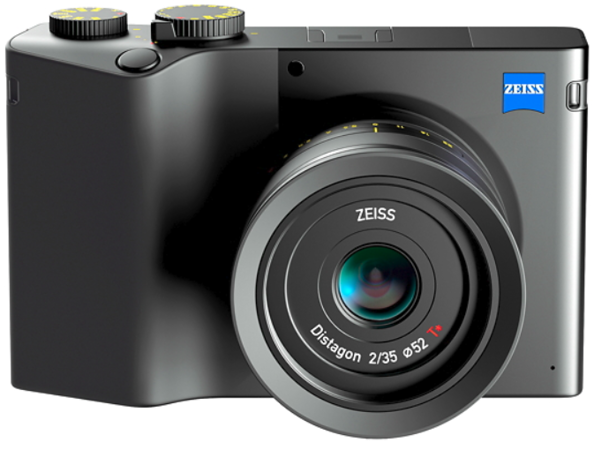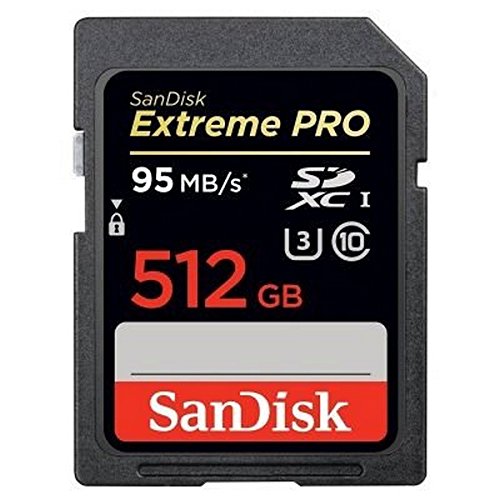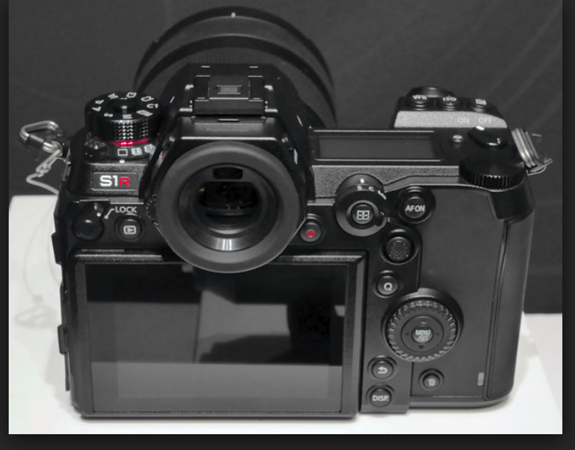Size Matters!
Panasonic Unveils Its First Full-Frame Mirrorless Camera System
The New LUMIX S Series
Panasonic Corporation has developed two models of its first Digital Single Lens Mirrorless camera with a 35 mm full-frame image sensor, the LUMIX S1R and the S1. These models are equipped with the world's first*1 4K 60p/50p video recording function and the Dual I.S. image stabilization system. As part of the LUMIX S series, Panasonic aims to release them on the global market early 2019.
For 100 years since its founding, Panasonic has strived to help realize better lives for customers around the world by responding to their needs. Working on the concept of creating a new photo culture in the digital era with digital cameras, in 2008 Panasonic released the LUMIX G1, the world's first*2 Digital Single Lens Mirrorless camera. Over the ten years since then, Panasonic has continued to lead the industry with product innovations, such as the world's first*3 camera supporting 4K video recording, and cameras equipped with the Dual I.S. (Image Stabilization) system, combining stabilization both inside the camera unit and the lens.
In recent years, as telecommunications lines increase in speed while sharing of video via social media gains in popularity, more and more people are enjoying a hybrid of photos and videos, widening the range of expression in the production of contents. A new type of camera is needed for this new field that goes beyond the boundaries of photos and videos.
Against this background, Panasonic adopted the concept of ‘Fuel the Photographers' creative vision’ to develop a Digital Single Lens Mirrorless camera with a strong focus on the expressive capabilities for both photos and videos. The company will bring these cameras to market as part of the LUMIX S series, striving to provide "specialized value" to customers desiring higher expressiveness. The cameras have the user-friendliness and robustness essential as tools for photography or videography by professionals, while also incorporating an entire array of Panasonic technology refined over a century in the consumer electronics business and ten years developing Digital Single Lens Mirrorless cameras: digital technology like image or signal processing, plus optical and heat dispersion technology and more. The combination of these will provide customers with new value for photography and videography.
The key features of the newly developed cameras, the LUMIX S1R and the S1, are as follows.
Expressive capabilities with high definition and high level of expression achieved with the newly-developed 35 mm full-frame image sensor and image processing engine.
(Effective pixels: approximately 47M for the S1R and 24M for the S1)
World's first*1 support for 4K 60p/50p video recording in a full-frame Digital Single Lens Mirrorless camera.
World's first*1 full-frame camera equipped with Dual I.S. (Image Stabilization), enabling handheld shots for dark or distant scenes that would previously have required a tripod or other equipment.
A double slot for XQD memory cards and SD memory cards, the first for Panasonic; and a rugged triaxial tilt LCD, emphasizing ease of use and supporting professional photography and videography.
Leica Camera's L-Mount, making it possible to use interchangeable lenses that meet the L-Mount specifications of the partners*4 Leica Camera and Sigma. Expressiveness is further enhanced by increasing options for interchangeable lenses.
Panasonic will also expand its lineup of LUMIX S series compatible lenses, developing more than ten by 2020, including a 50 mm/F1.4 single focal length lens, 24-105 mm standard zoom lens, and 70-200 mm telephoto zoom lens.
For the LUMIX G series of Micro Four Thirds Digital Single Lens Mirrorless cameras, Panasonic has started developing a LEICA DG VARIO-SUMMILUX 10-25 mm F1.7 lens that will achieve the world's first*5 zoom with maximum aperture of F1.7 for the entire range. On top of this, the support services for professional photographers, which started in Japan in April last year, will be available in Europe and the United States this year.
The LUMIX GH5, G9, and GH5S high-end Digital Single Lens Mirrorless cameras that Panasonic has steadily released since 2017 have already gained a solid reputation among professionals and high-level amateurs across the world for the quality of their pictures and ability to capture the vitality and beauty of life. This success owes to Panasonic's world-first*6 support for 4K 60p/50p video recording, and the world's fastest autofocus*7 function using the company's proprietary DFD(Depth From Defocus) technology. Panasonic will continue to provide new value to customers through the unique features of the compact yet high-definition LUMIX G series, while also reaching the professional market through the introduction of the full-frame LUMIX S series and the greater reach of the company’s support system. Through these measures, Panasonic will help to create a new culture of photography and videography.
Prototypes of the new cameras and lenses introduced above will be exhibited at Photokina 2018.*8
Notes:
*1. World's first support for 4K 60p/50p video recording in a full-frame Digital Single Lens Mirrorless camera. Regarding the inclusion of the Dual I.S. image stabilization system, this is for a full-frame Digital Interchangeable Lens System Camera. As of September 25, 2018 when announced in Germany, according to Panasonic data.
*2.For a Digital Interchangeable Lens System Camera. As of September 12, 2008, according to Panasonic data.
*3.The GH4 Digital Single Lens Mirrorless camera capable of 4K video (as a Digital Single Lens Mirrorless camera, as of February 7, 2014), and the GX8 Digital Single Lens Mirrorless camera with Dual I.S. onboard (as a Digital Interchangeable Lens System Camera, as of July 16, 2015), according to Panasonic data.
*4. “The L-Mount Alliance: a strategic cooperation between Leica Camera, Panasonic and Sigma”(announced on September 25, 2018 in Germany)
*5.For an interchangeable lens for use with a Digital Interchangeable Lens System Camera. As of September 25, 2018 when announced in Germany, according to Panasonic data.
*6.As a Digital Single Lens Mirrorless camera. As of January 4, 2017, according to Panasonic data.
*7.For a Digital Interchangeable Lens System Camera. As of November 8, 2017, according to Panasonic data.
*8.Photokina is a leading exhibition for the photographic and imaging industries (to be held through September 26 to September 29 in 2018, at the Koelnmesse in Cologne, Germany).
• Leica is a registered trademark of Leica Microsystems IR GmbH.
• SUMMILUX and L-Mount are registered trademarks of Leica Camera AG





